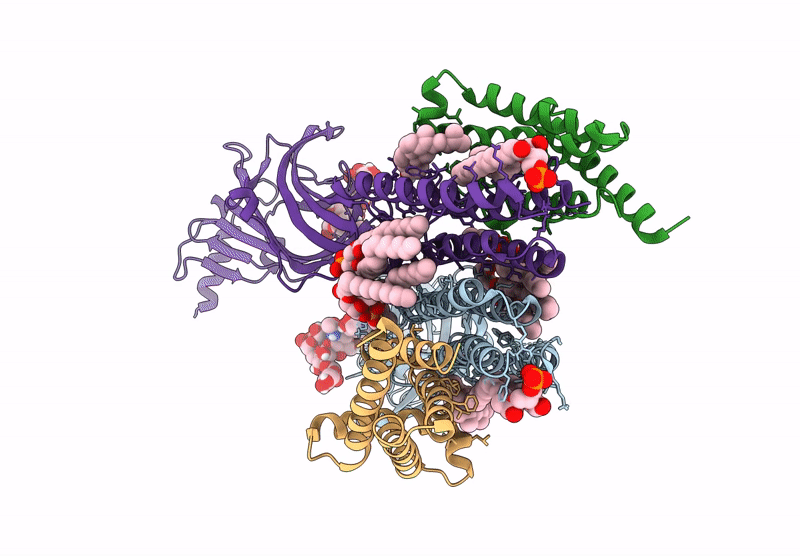
Deposition Date
2024-10-30
Release Date
2024-12-04
Last Version Date
2024-12-04
Entry Detail
PDB ID:
9H9E
Keywords:
Title:
Cryo-EM structure of the human GABAA receptor alpha1 subunit in complex with the assembly factor NACHO/TMEM35A
Biological Source:
Source Organism:
Homo sapiens (Taxon ID: 9606)
Host Organism:
Method Details:
Experimental Method:
Resolution:
3.60 Å
Aggregation State:
PARTICLE
Reconstruction Method:
SINGLE PARTICLE


